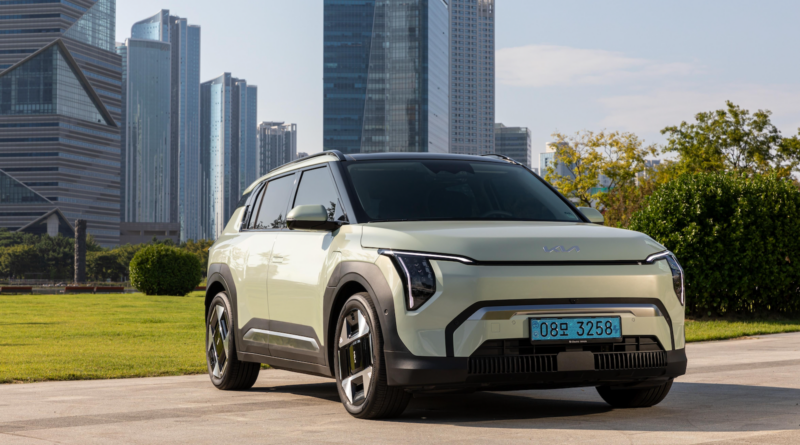The iCar V23 is an electric off-road SUV, will enter the market later this year with rear-wheel drive and four-wheel drive options.
The post Chery iCar V23 is almost ready for the off-road SUV market appeared first on CarNewsChina.com.
The iCar V23 is an electric off-road SUV, will enter the market later this year with rear-wheel drive and four-wheel drive options.
The post Chery iCar V23 is almost ready for the off-road SUV market appeared first on CarNewsChina.com.

The L60 launch event will begin at 7:30 pm Beijing tme (7:30 am US Eastern time) on September 19 and will be streamed live online on Onvo's social media channels.
For details, please visit CnEVPost.
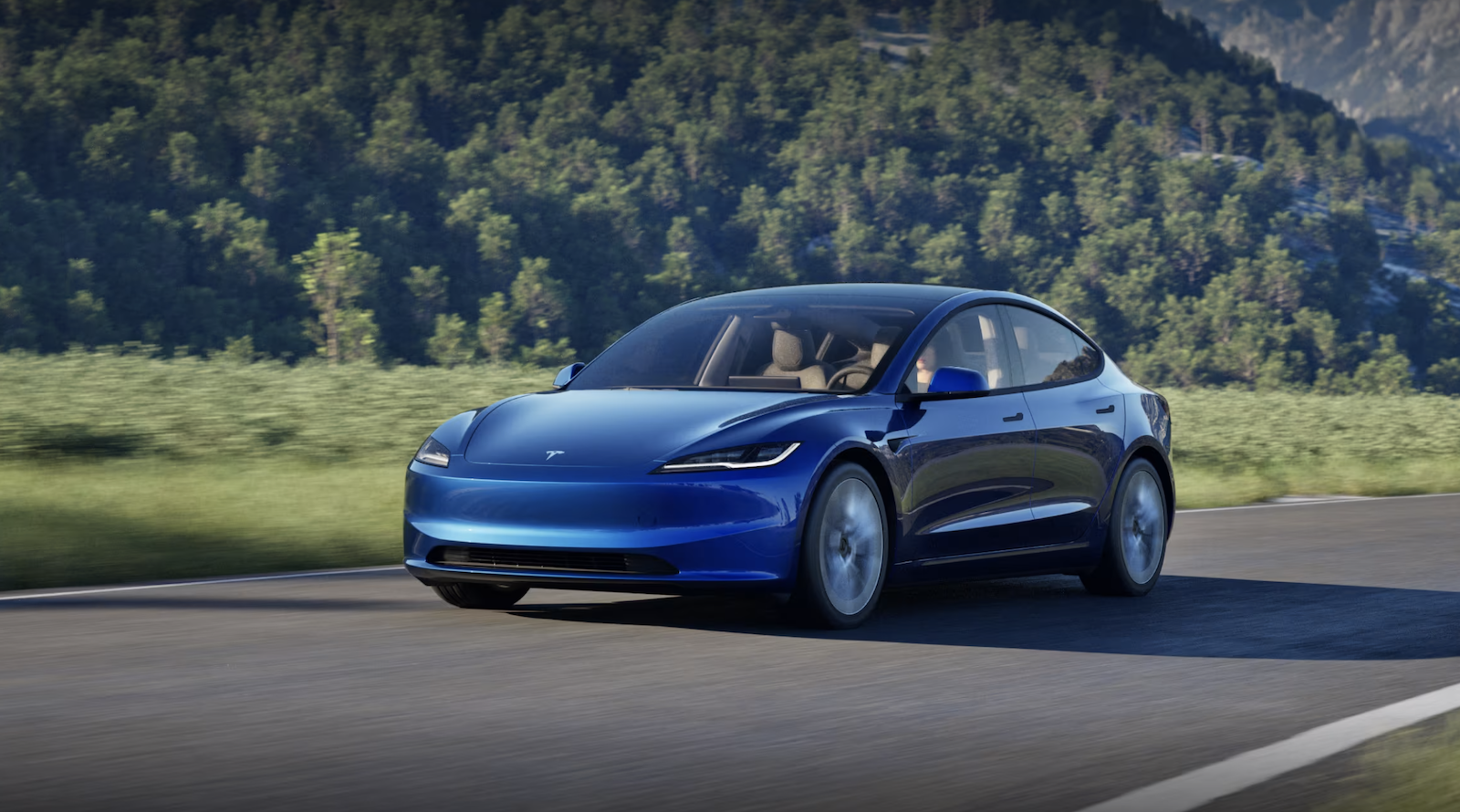
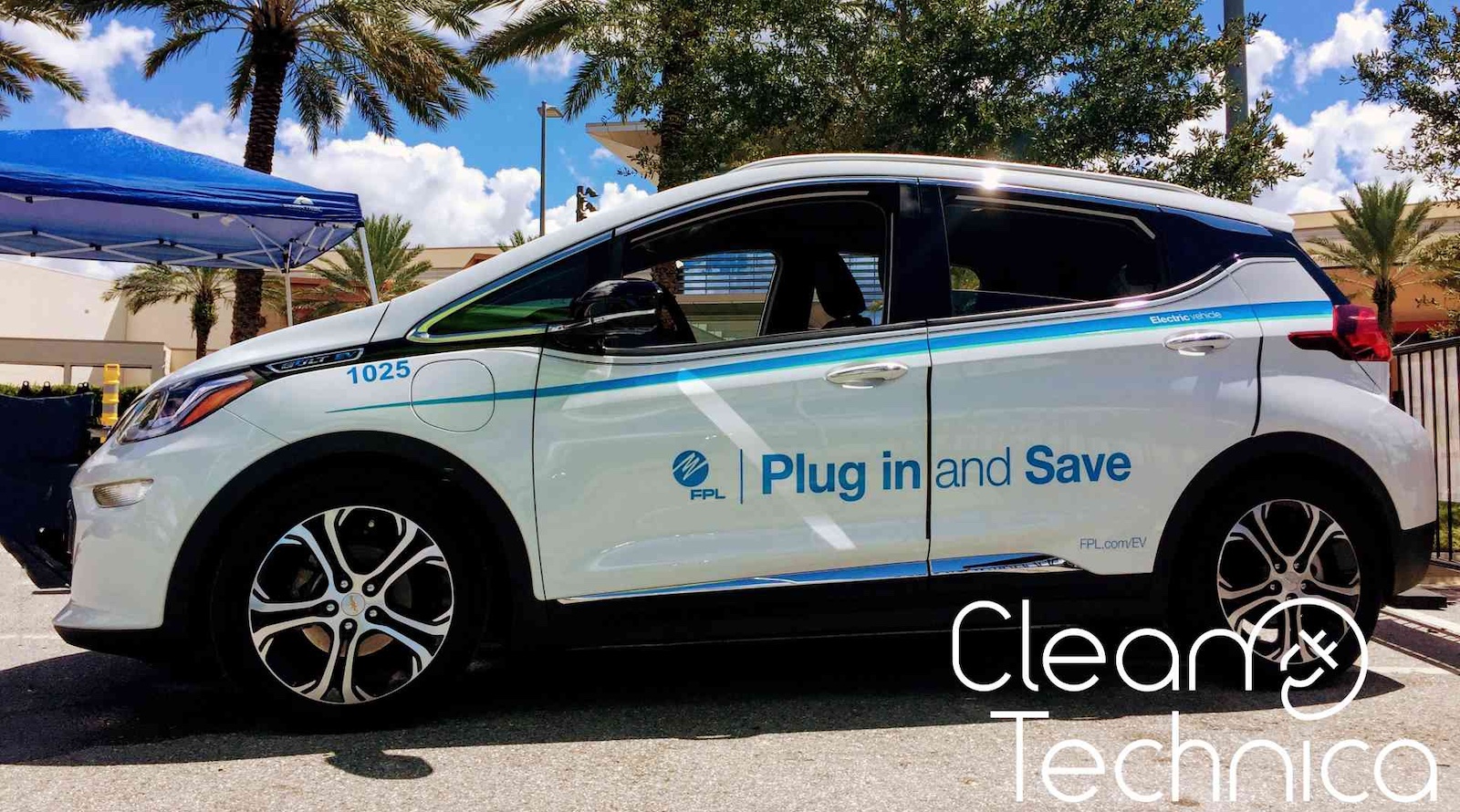




Before the all-new generation of large all-electric SUVs came into existence, prospective shoppers in the segment had minimal choices regarding certain characteristics: they could either opt for a powerful or relatively fuel-efficient SUV, but not both.
The introduction of the large, three-row EV crossovers — one of which is the unique-in-many-ways Rivian R1S — finally provides the luxury of having both.
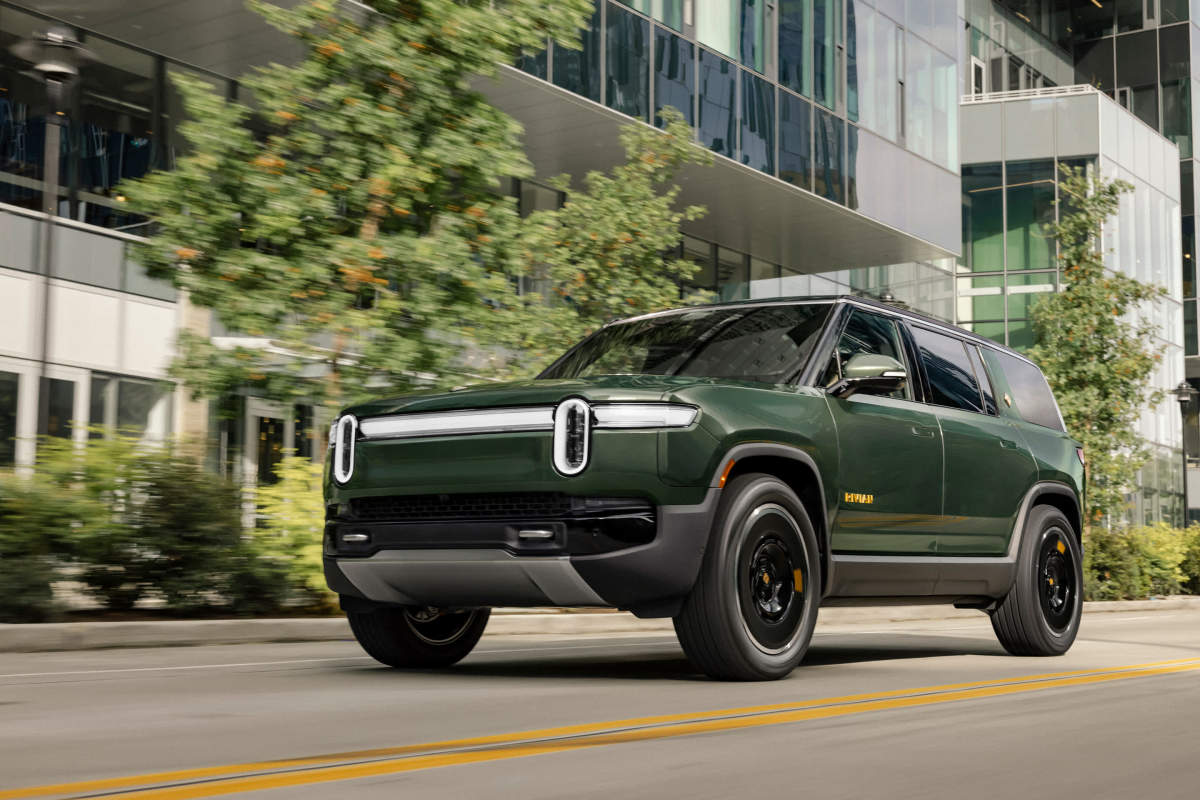
Rivian
For a 7,000-pound, 200-inch-long behemoth, the 2025 Rivian R1S Gen 2 is surprisingly potent and quick off the mark, as well as correspondingly capable of embarking on long-distance trips with no range anxiety affecting its owners. Needless to say, the adventure-focused California-based EV automaker offers the R1S in different configurations with diverse ranges and price points to accommodate varying degrees of adventuring needs and other everyday requirements.
The 2025 Rivian R1S comes in either dual, tri, or quad-motor setups (all with exclusive all-wheel drive), four different sets of tunes, and no fewer than five different range estimates.
Let's take a look at what each of the available 2025 Rivian R1S models provides in terms of power and range, as well as how much each of the particular privileges costs.
The entry-level 2025 R1S dubbed the Dual Standard is powered by a dual-motor setup capable of generating 533 horsepower and 610 pound-feet of torque — more than enough for most drivers, especially since 0 to 60 time clocks in at 4.5 seconds. However, with "only" 270 miles of range on a single charge, the Standard 92.5-kWh battery pack trails behind the other available options within the Rivian portfolio and those of most of its competitors too. Rivian's pricing for this performance tier begins at $75,900, excluding destination and other applicable charges.
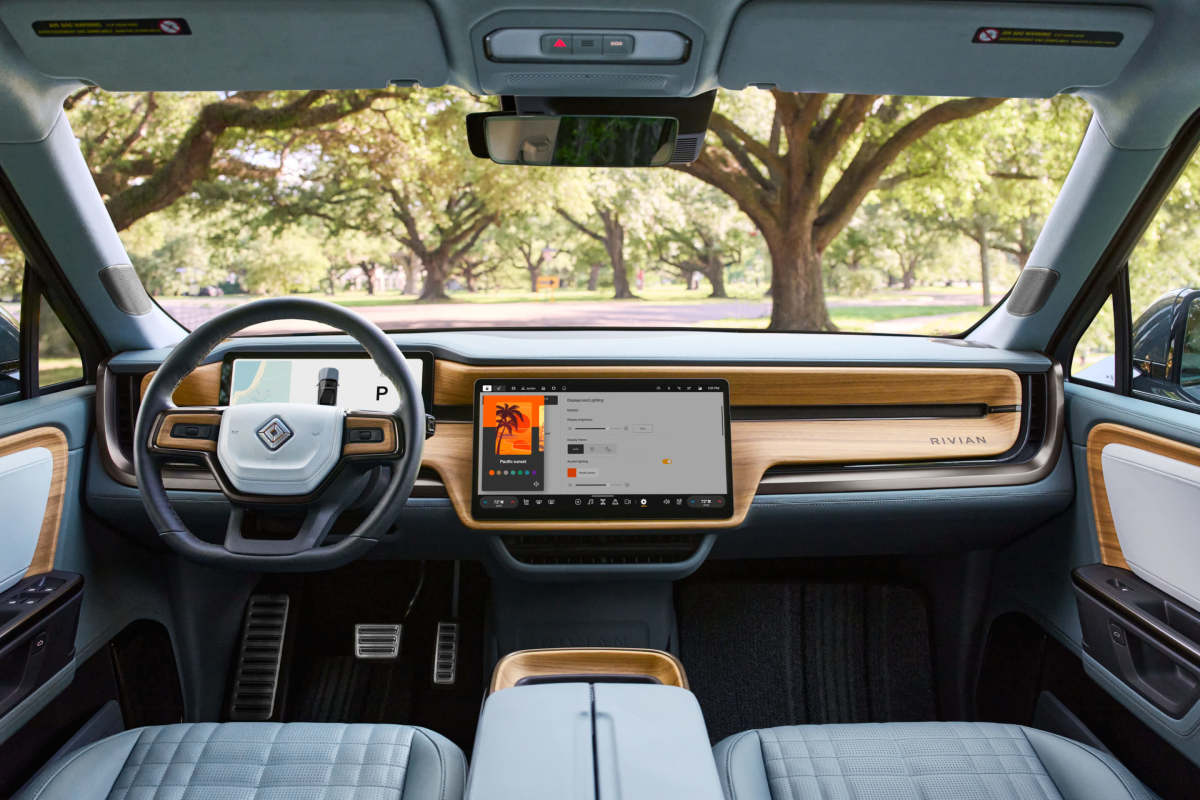
Rivian
Opting for the Large 109.4-kWh battery pack-powered model will extend the range of an R1S by a meaningful 60 miles to 330 miles total. Percentage-wise, that translates to around 22 percent. But, wait, it's even better. The 22-percent range extension is accompanied by less than a 10-percent increase in pricing, making the Large model a no-brainer compared to their entry-level counterparts. Furthermore, the power output also gets a boost via a software tweak as the Large battery pack unlocks the full dual-motor setup’s potential of 665 horsepower and 829 pound-feet of torque. Acceleration follows suit as 0 to 60 times drop from 4.5 seconds to 3.4 seconds.
The Max upgrades the 109.4-kWh battery pack to a 141.5-kWh unit and consequently raises the total expected range to 410 miles. The pricing, meanwhile, increases by $7,000 compared to Dual Large R1S. The horsepower ratings, meanwhile, remain at 655 ponies. The same goes for the acceleration.
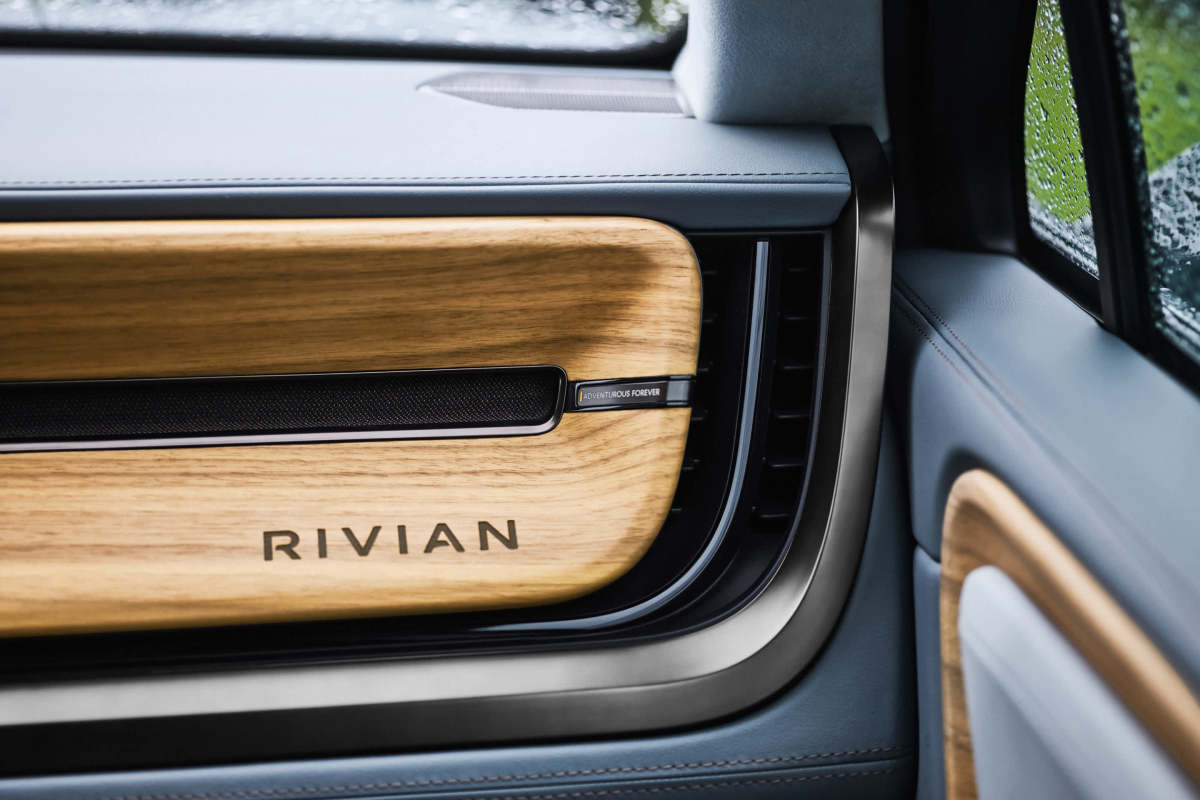
Rivian
All-new for 2025, the 100-percent Rivian-built tri-motor setup consists of two rear motors and one front motor, generating a combined 850 horsepower and a whopping 1,103 pound-feet of torque. As its name suggests, it utilizes the largest currently available battery pack but fails to match the dual-motor setup’s range. In the tri-motor configuration, the R1S’s range drops by around 10 percent to 371 miles. However, those willing to compromise have the option to utilize Conservative mode, which effectively disconnects the rear axle from the rear motors, boosting the expected range to 405 miles. Unleashing the full potential of the tri-motor setup, on the other hand, provides blistering acceleration, with 0 to 60 times dropping to 2.9 seconds.
The ultimate iteration of the 2025 Rivian R1S, with four electric motors, now cranks out a blistering 1,025 horsepower and 1,198 pound-feet of torque, representing a 215-horsepower and 290-pound-feet increase over the outgoing models. Even more importantly, each wheel will be powered by its own electric motor, similar to systems with front and rear locking differentials, significantly enhancing the SUV’s off-roading capabilities. Rivian has yet to release the range estimates and pricing for the new range-topping R1S Quad Max, which is set to go on sale later in 2025. What we do know is that the new in-house-built setup will be enough to propel the 7,000-pound SUV from 0 to 60 mph in 2.6 seconds.
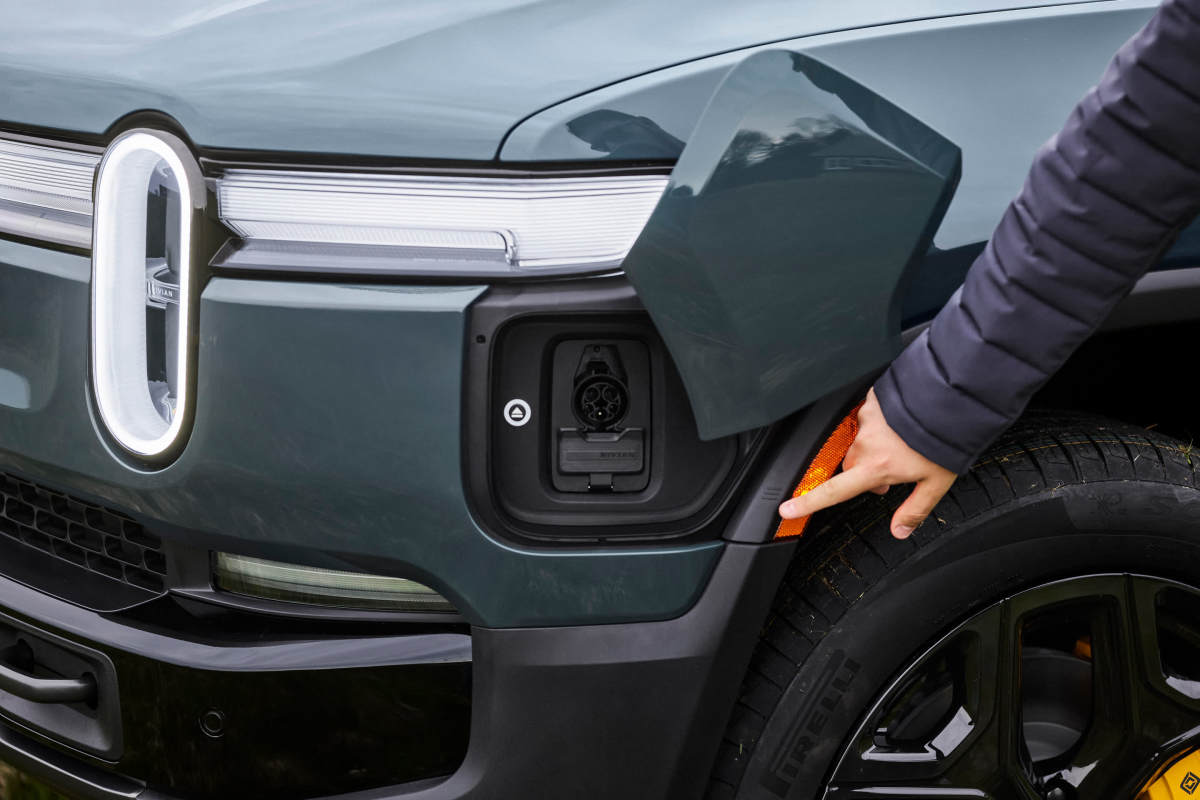
Rivian
The 2025 Rivian R1S is a capable, versatile, and luxurious all-electric family SUV. Its spacious, upscale cabin, go-anywhere, do-anything demeanor, and impressive range and efficiency are hard to match, even among its longer-standing California counterparts like the Tesla Model X. To top it all off, Rivian offers its largest SUV in various levels of performance and range with corresponding pricing. It's a three-row EV that can embark on even the most demanding adventures and, as such, stands as one of the finest advocates of electric mobility. Rivian’s unique approach to outdoor recreation and adventuring in refined, environmentally friendly vehicles really shines through in the R1S, which is not only one of the most capable upscale SUVs but also one of the quickest and most powerful.
More automotive stories from across Arena Group:
